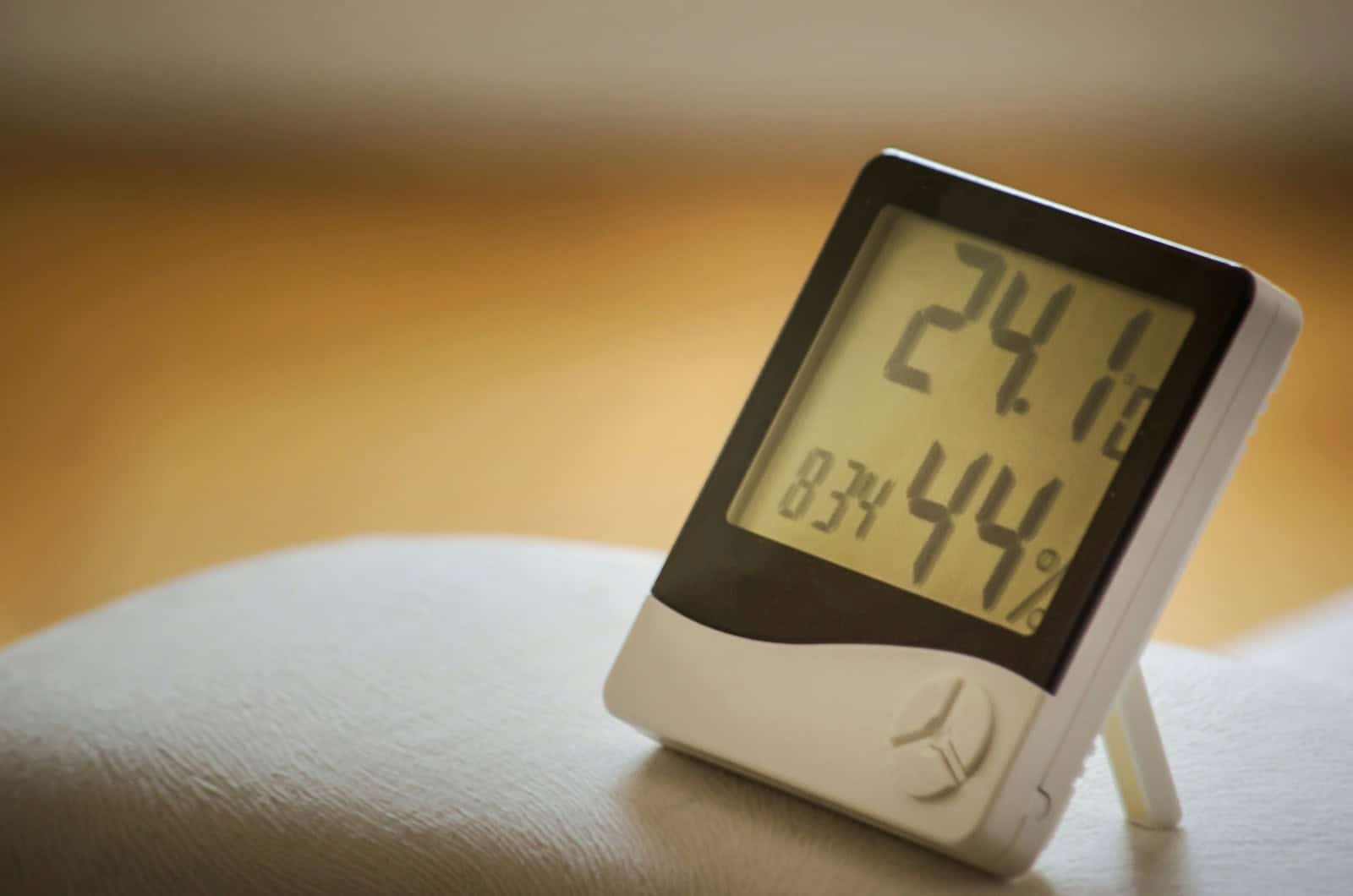In motorsport, every detail matters, but few factors influence race outcomes as significantly as track temperature. Whether it’s the scorching heat of Bahrain or the cool, damp surface of Silverstone, track temperature directly affects tire grip, degradation, and overall performance. Drivers and teams must adapt their strategies in real-time to maximize their chances of victory. This article dives deep into how track temperature influences tire behavior and what strategies teams employ to stay ahead.
The Science Behind Track Temperature and Tire Performance
Tires are the only point of contact between a race car and the track, making them the most crucial variable in optimizing performance. Their behavior is largely dictated by the temperature of both the tire and the track surface. Here’s how it works:
- Grip Levels: As track temperatures rise, tire rubber softens, increasing grip—up to a point. Overheating can lead to excessive wear and loss of performance.
- Tire Degradation: High temperatures accelerate tire degradation, causing blistering (overheating of the tire’s surface) or graining (tiny rubber particles accumulating on the tire).
- Compound Choice: Racing teams select different tire compounds (soft, medium, or hard) based on expected track temperatures. Softer compounds offer more grip but degrade faster, while harder compounds last longer but take more time to reach optimal temperature.
How Track Temperature Affects Race Strategy
Tire Selection and Management
Tire selection is crucial for race strategy, and track temperature plays a defining role in that choice. Warmer track temperatures typically favor harder compounds, as they withstand higher heat without excessive degradation. Conversely, cooler conditions allow softer tires to function optimally without overheating too quickly.
During a race, teams monitor track temperatures and adjust strategies accordingly. If track conditions change due to cloud cover or rain, teams might switch compounds mid-race to maintain optimal grip.
Pit Stop Strategy Adjustments
Pit stop timing is significantly influenced by how fast tires wear out. In high-temperature conditions, tires degrade more quickly, leading teams to schedule additional pit stops or adopt a more conservative approach to tire wear. Conversely, in cooler conditions, drivers can extend their stints, potentially making fewer pit stops and gaining track position.
Setup Tweaks to Optimize Performance
Race engineers fine-tune car setups to optimize performance based on track temperature. Key adjustments include:
- Tire Pressure: Higher temperatures cause air inside the tires to expand, which can affect handling. Teams adjust pressures accordingly to maintain consistent performance.
- Aerodynamics: Cars may be set up with more downforce in cooler conditions to generate additional tire heat.
- Suspension Settings: Adjustments help distribute tire wear evenly and maintain traction across varying temperatures.
Real-World Examples of Track Temperature’s Impact
- 2021 Bahrain Grand Prix: The race started in hot conditions, forcing teams to use harder compounds. As temperatures dropped in the evening, drivers who managed their tire temperatures effectively gained an advantage.
- 2020 British Grand Prix: Excessively high track temperatures led to several high-profile tire failures, emphasizing the delicate balance between aggressive driving and tire preservation.
- 2018 German Grand Prix: A sudden drop in temperature due to rain caught teams off guard, forcing emergency tire swaps and reshuffling the race order dramatically.
Track temperature is a silent game-changer in motorsport. It dictates tire selection, race strategy, and car setup, making it one of the most critical elements that teams must consider. Drivers who master tire management in fluctuating temperatures often gain a decisive edge over the competition. Whether it’s a blistering desert track or a rain-cooled circuit, understanding the impact of track temperature on tire performance is key to achieving racing success.

